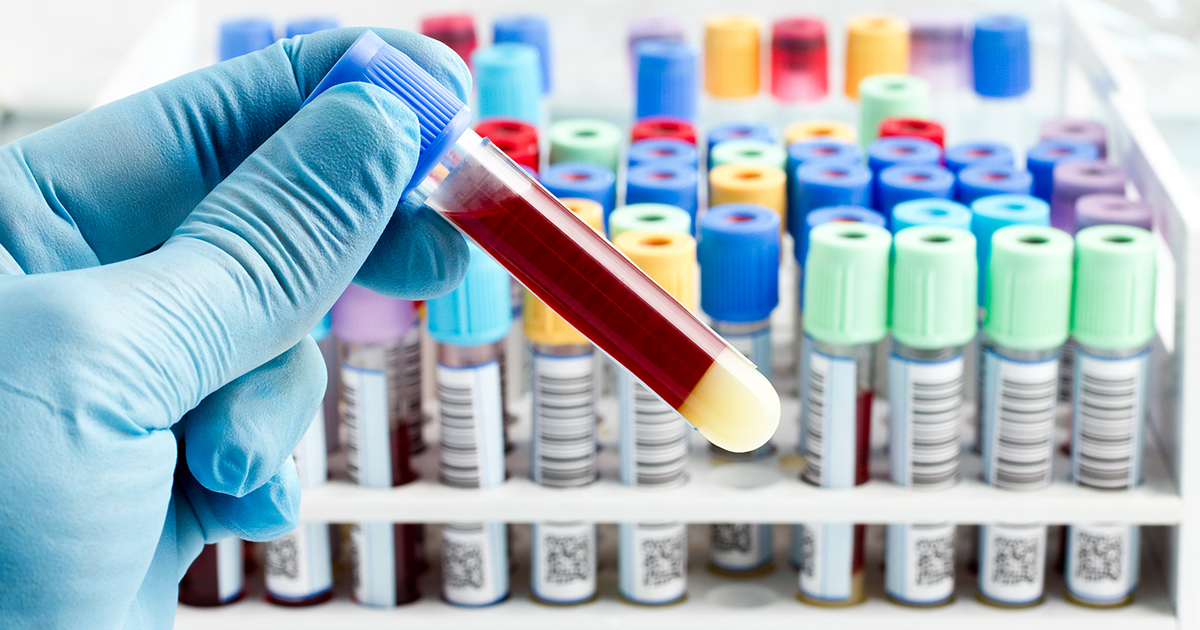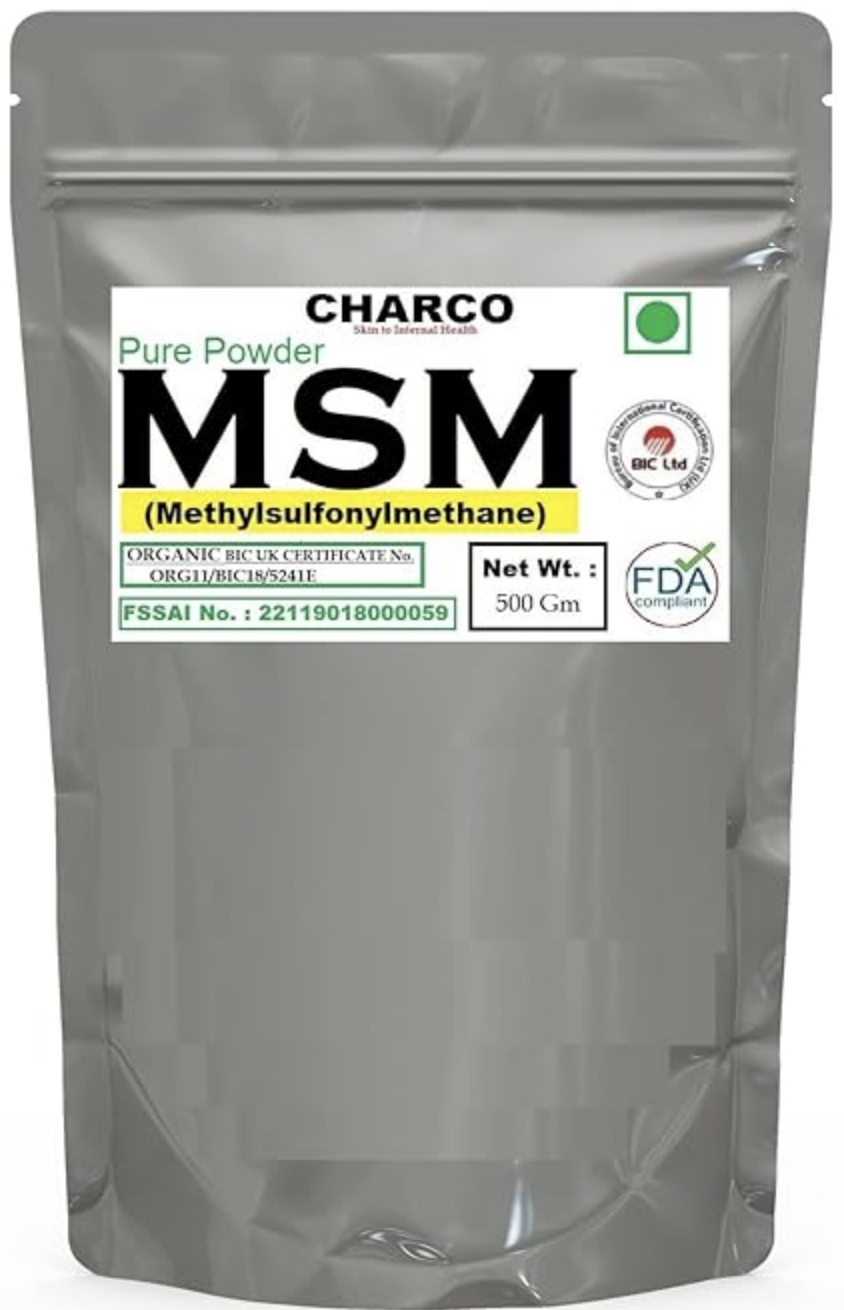|
Recommended Products
About this item
500 Grams, MSM (Methylsulfonylmethane) Powder
Guaranteed 100% Pure. No Fillers or Additives.
Lab Tested and Verified.
Import Origin: USA.
Improves flexibility, Detoxifies the body, Strengthens hair and nails, Accelerates energy
Very good for Muscle Cramps.
Massage cream on feet, legs, body post sports workout. Lavender sleeping oil helps relax men & women
Lavender Aromatherapy is a natural sleep supplement increases sleeping quality, better sleep support
|
|
CANCER - ALL YOU NEED TO KNOW
1. Nuclear Medicine

What is Nuclear Medicine?
Nuclear medicine is a specialized branch of medical imaging and therapy that uses small amounts of radioactive materials (radiopharmaceuticals) to diagnose, treat, and monitor various diseases, including cancer. It involves techniques such as positron emission tomography (PET), single-photon emission computed tomography (SPECT), and radionuclide therapy.
Radioactive tracers are introduced into the body, where they accumulate in specific organs, tissues, or cancer cells. These emit gamma rays or positrons, which are detected by imaging devices to create highly detailed images or deliver targeted therapy.
Importance of Nuclear Medicine in Cancer
1. Diagnosis and Staging
Nuclear medicine is invaluable for detecting cancer early, determining its extent, and staging it accurately: PET Scans (e.g., PET-CT):
SPECT Scans:
Bone Scans: Employ radiotracers such as technetium-99m to identify bone metastases in cancers like prostate or breast cancer.
2. Treatment
Nuclear medicine plays a critical role in targeted cancer therapy: Radioisotope Therapy: Involves targeted delivery of radioactive isotopes to destroy cancer cells while sparing healthy tissue. Examples include: •Radioactive Iodine (I-131) for thyroid cancer. •Lutetium-177 DOTATATE for neuroendocrine tumors. •Radium-223 dichloride for bone metastases in prostate cancer.
Theranostics:
3. Monitoring Treatment Response
4. Detecting Recurrence: Nuclear medicine is highly sensitive in detecting recurrent cancers, often before they are visible in conventional imaging.
Advantages of Nuclear Medicine in Cancer
Limitations
Nuclear medicine has revolutionized oncology by enhancing diagnostic accuracy, enabling precise staging, offering targeted therapy, and improving the monitoring of treatment efficacy. As advancements like theranostics and novel radiopharmaceuticals continue to emerge, nuclear medicine is becoming indispensable in the fight against cancer. CANCER - ALL YOU NEED TO KNOW |
|
CANCER - ALL YOU NEED TO KNOW |
Oncology (Cancer) & Nuclear Medicine
This site has been developed for Cancer Patients & their Relatives under the 'Right of information for Patients'.
You may translate this page by clicking on the 'Select Language' - Top Left.




